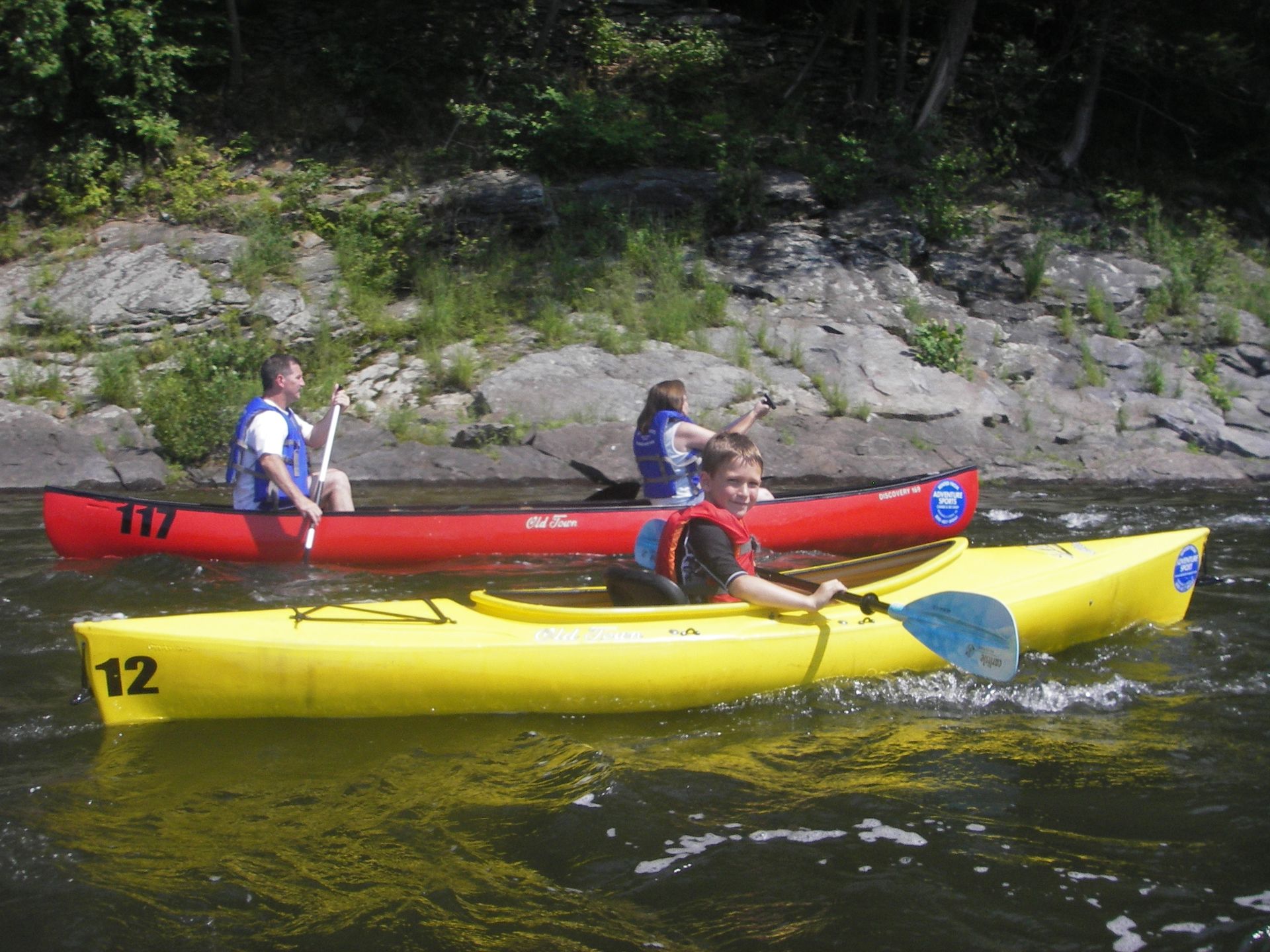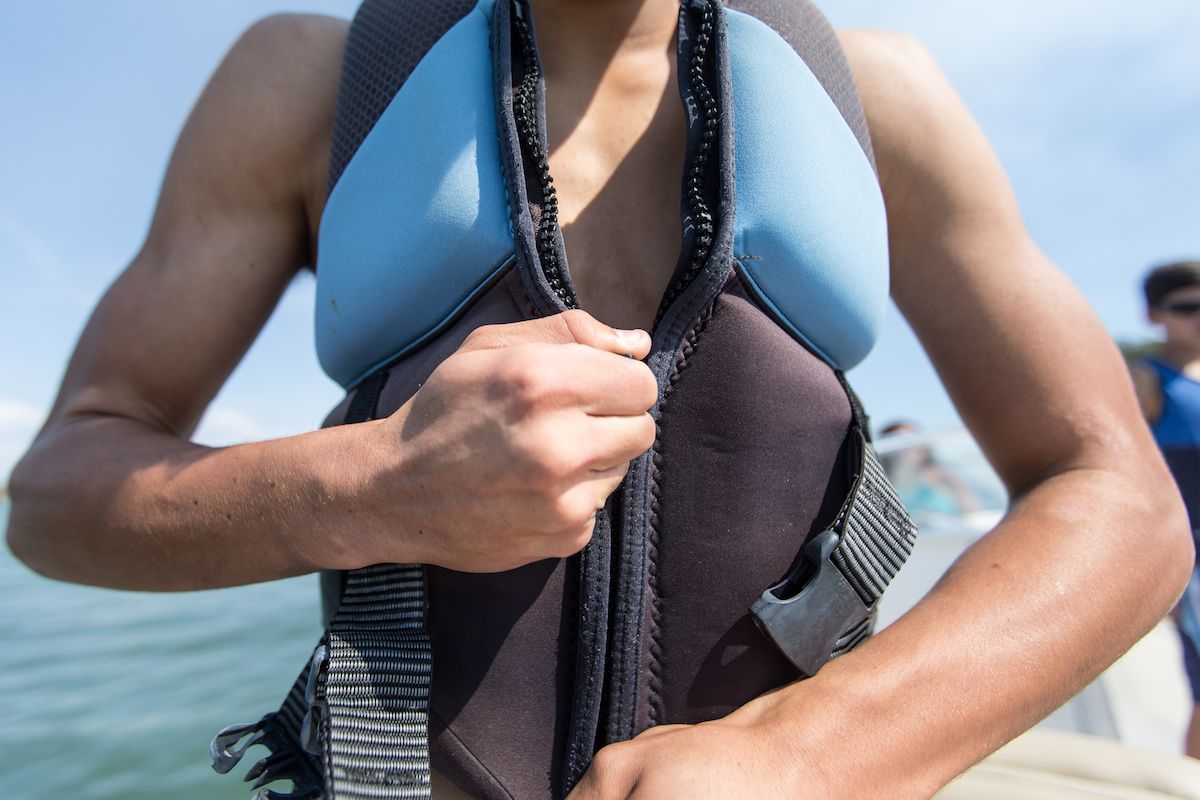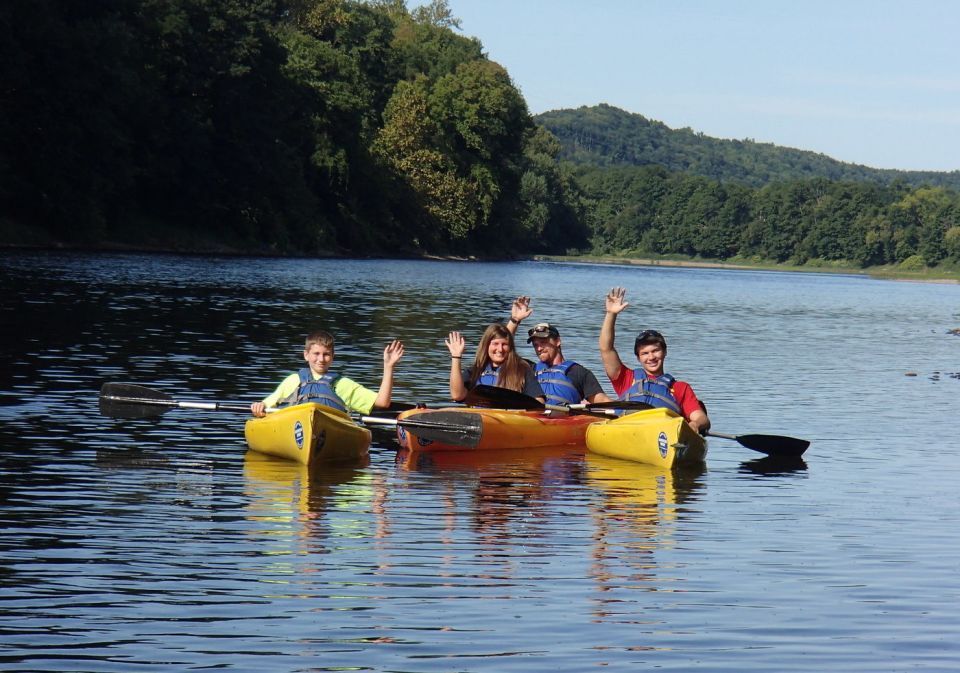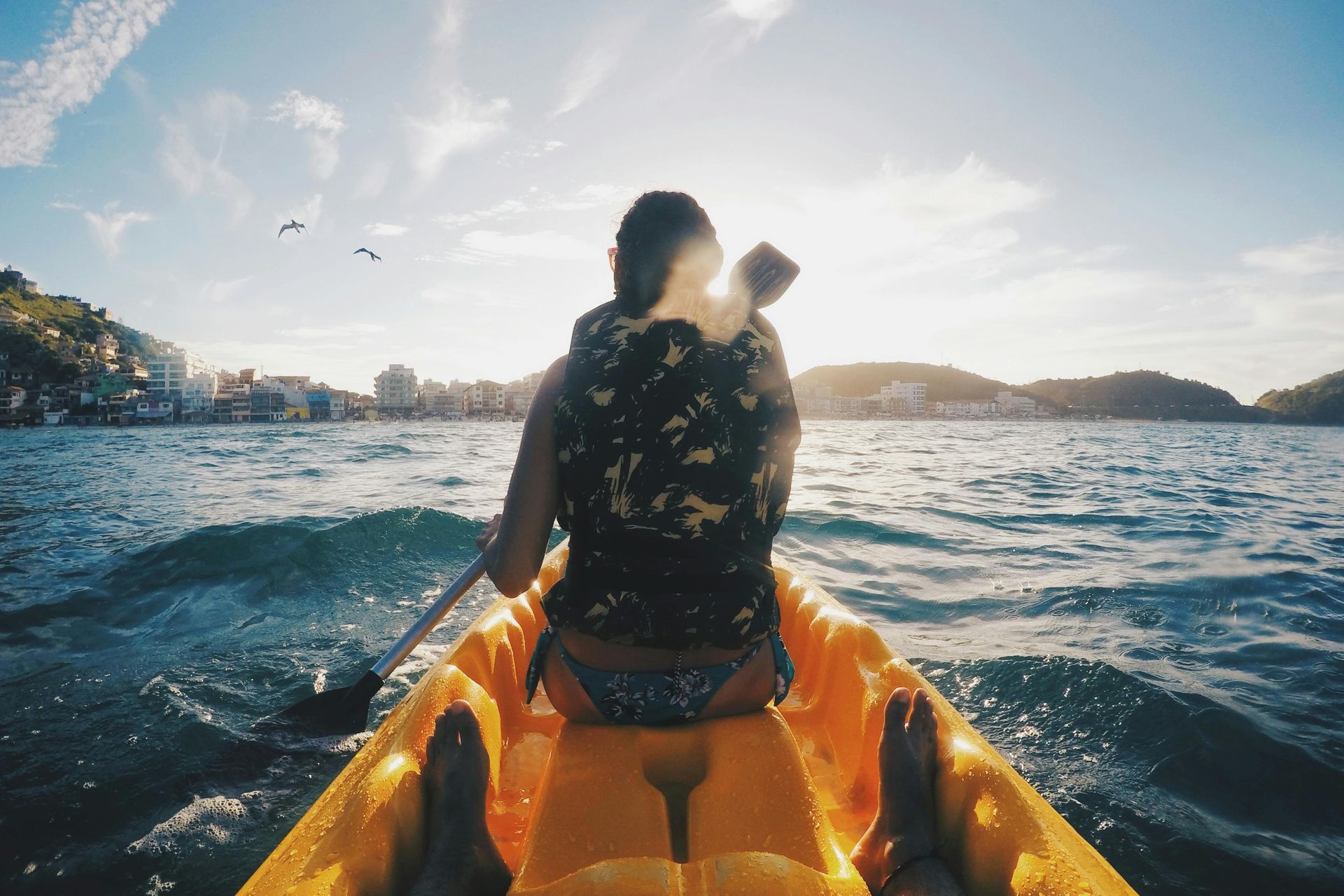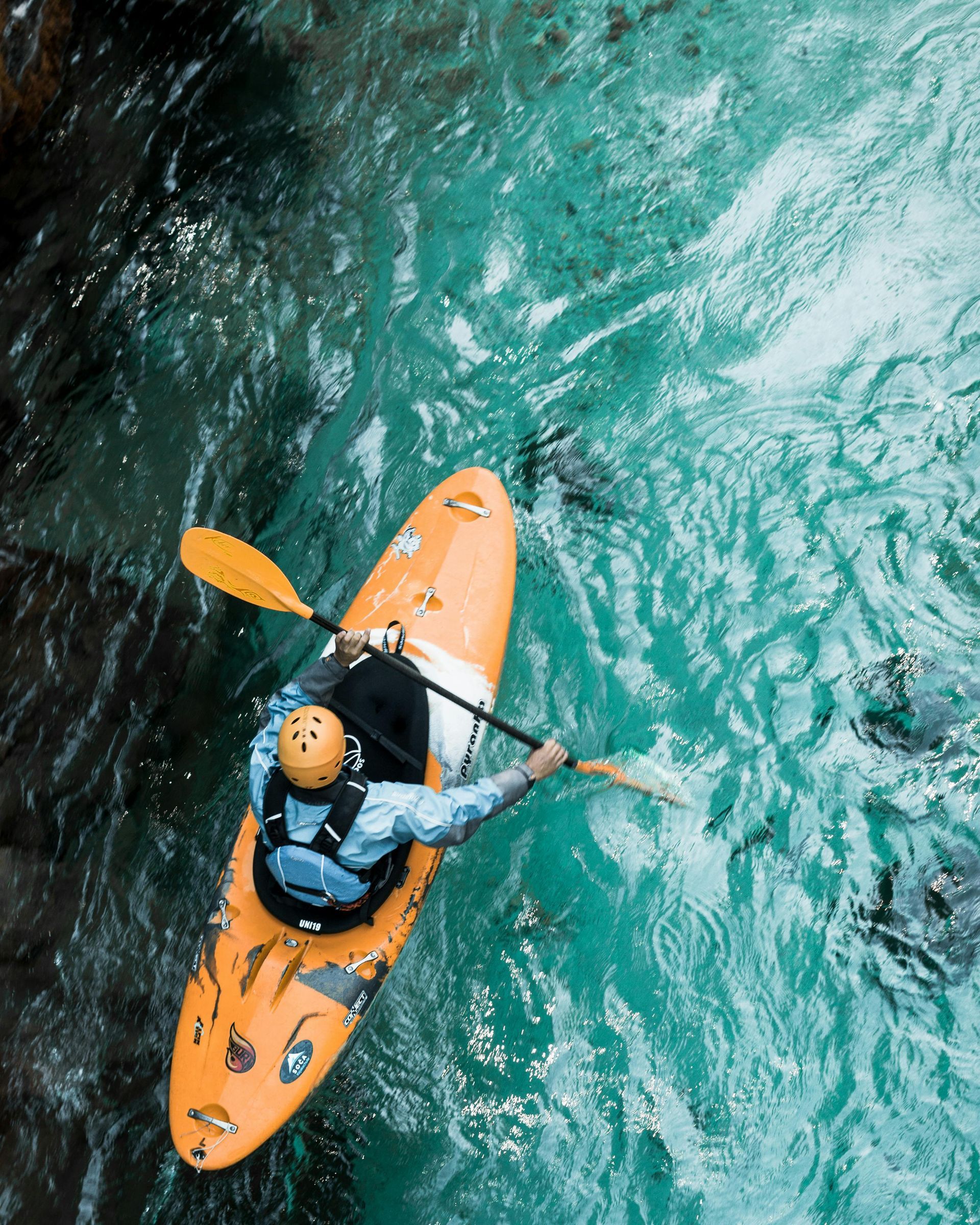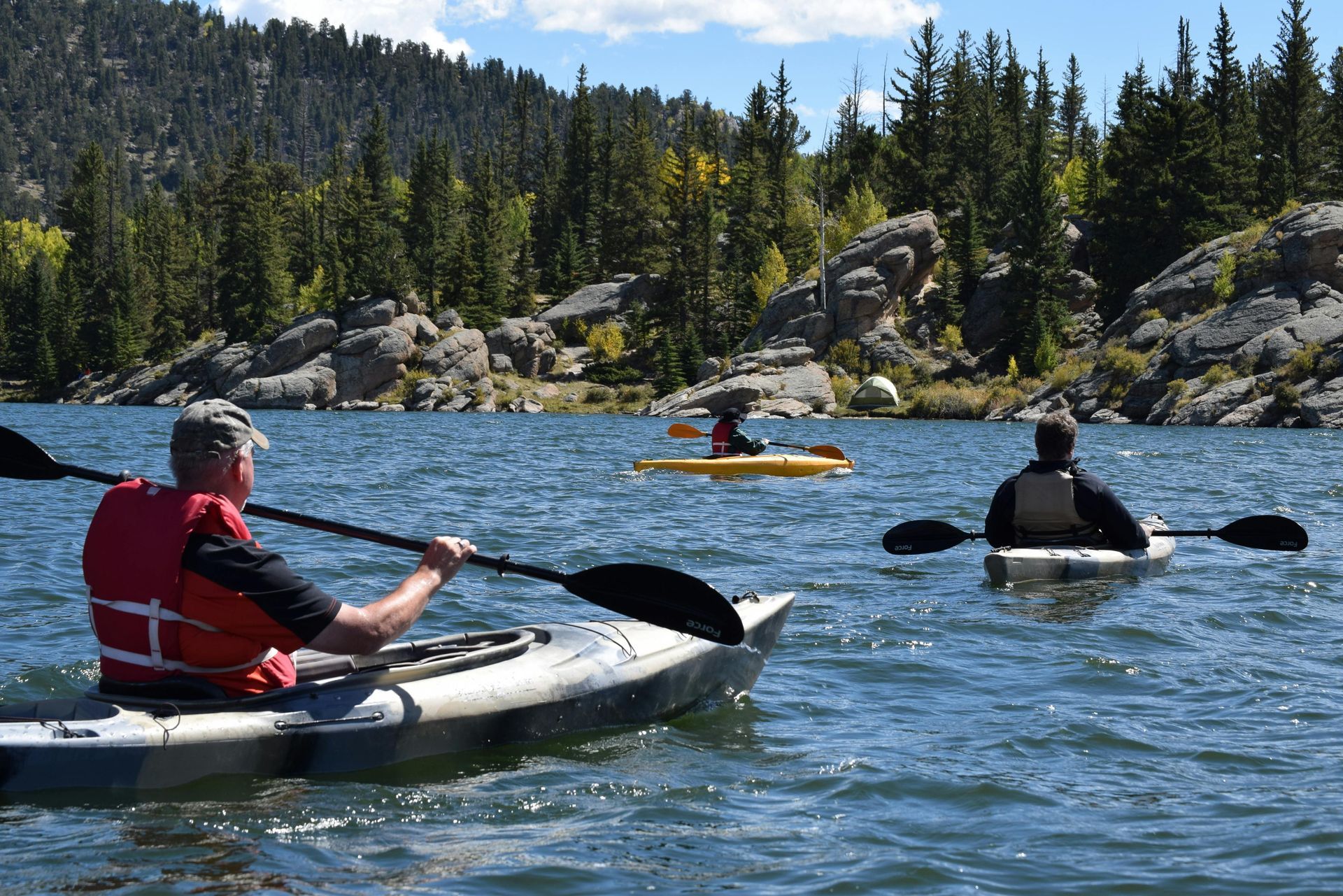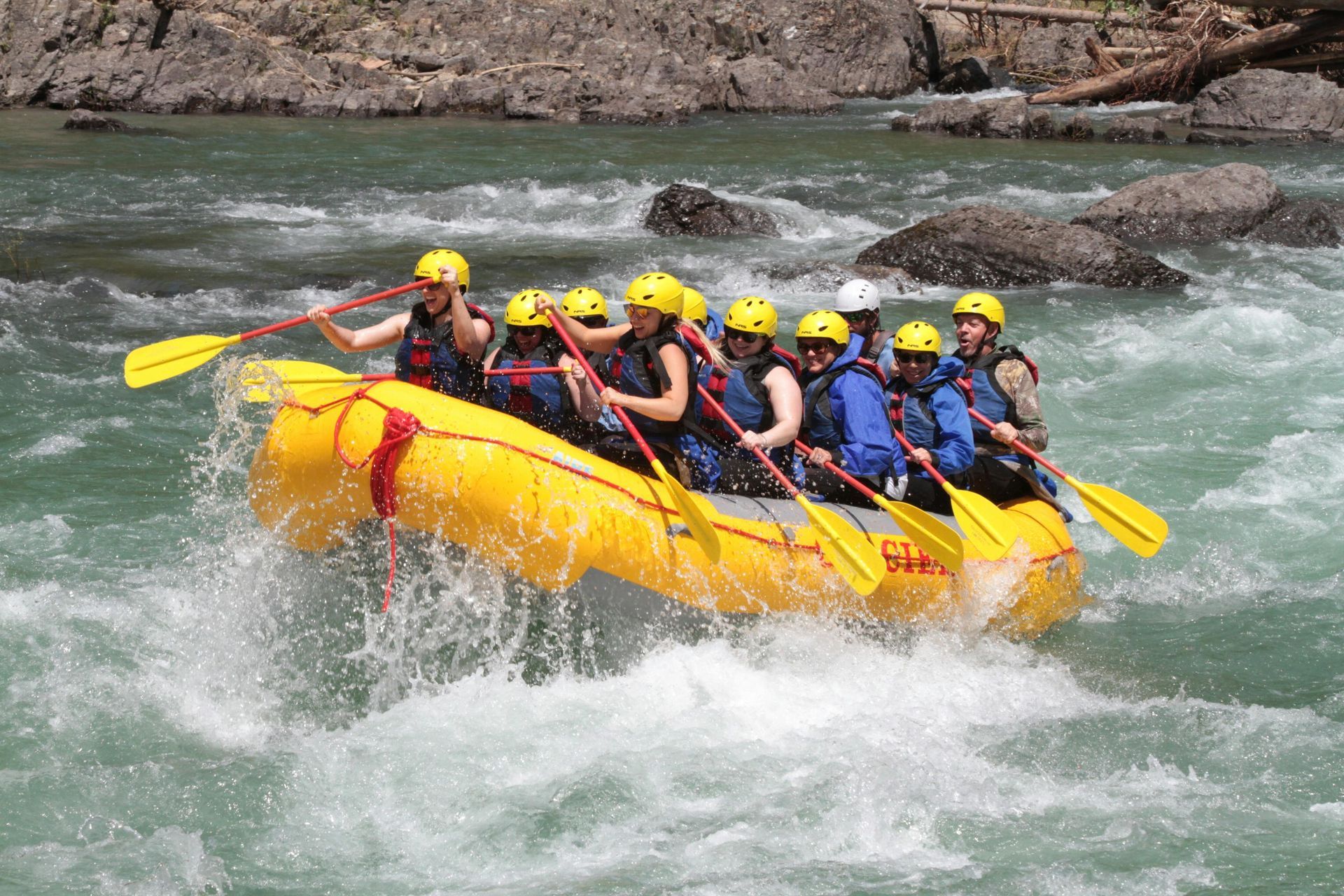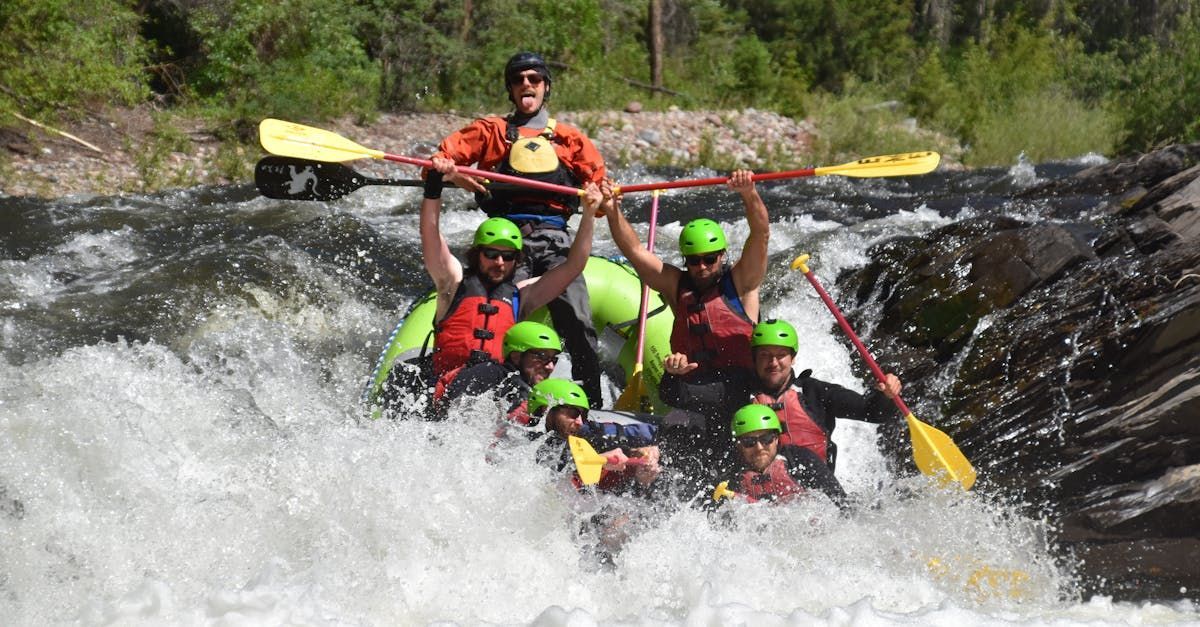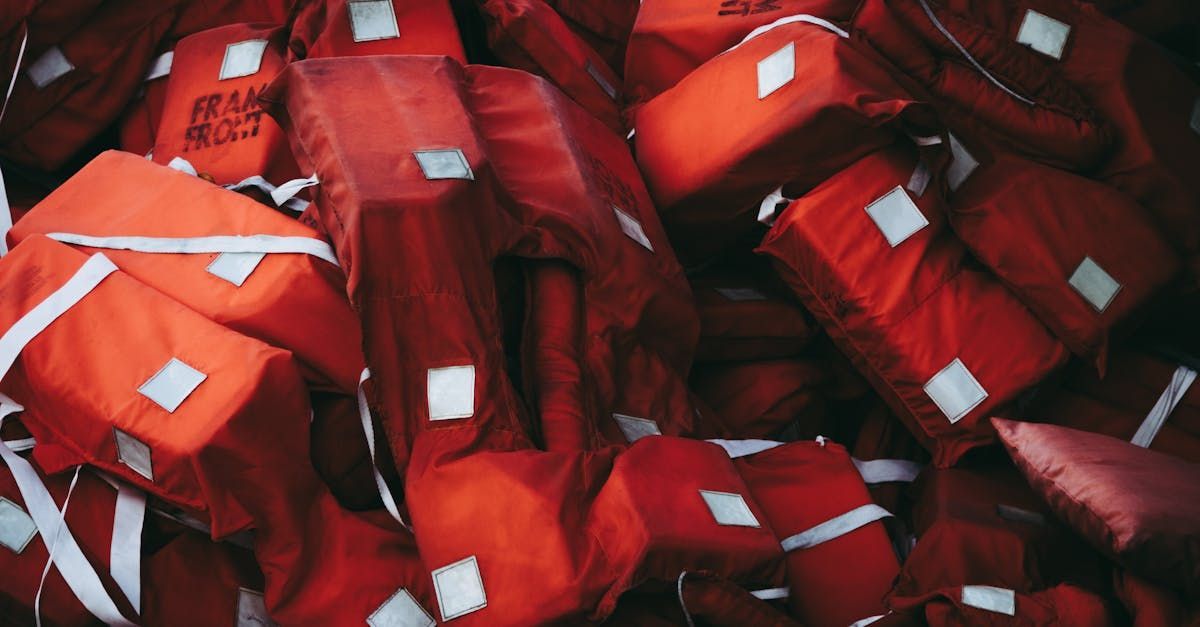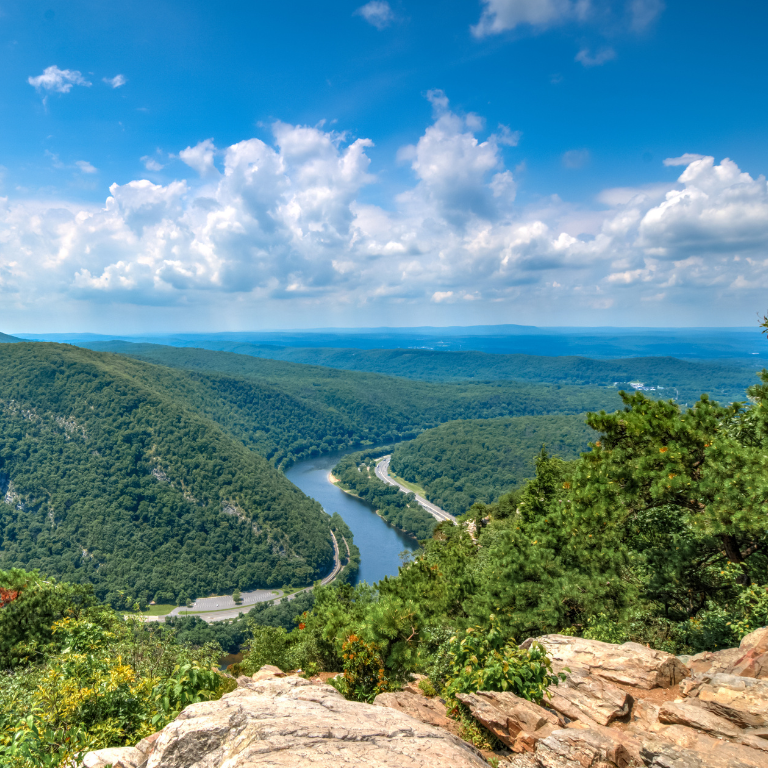Getting Ready for Water Sports Season Essential Gear Safety Tips
Water sports season is just around the corner, and whether you're an avid kayaker, a rafting enthusiast, or someone who loves to paddleboard, having the right gear and safety equipment is crucial. Not only does it enhance your experience, but it also ensures your safety on the water. In this guide, we'll walk you through the essential safety gear for various water sports and provide some tips on where to find these items.
Photo By: Discover Boating
The Importance of Safety Gear in Water Sports
Water sports can be thrilling, but they also come with inherent risks. Proper safety gear can significantly reduce the likelihood of accidents and injuries. Whether you're paddling down a serene river or tackling the rapids, wearing the right equipment is non-negotiable.
Why Safety Gear Matters
Safety gear is your first line of defense against potential hazards in water sports. It protects you from the elements, helps you stay afloat, and can even be the difference between life and death in emergencies. Let's delve into the types of gear you should never hit the water without.
Essential Safety Gear for Water Sports
Life Jackets: Your Lifesaver on Water
A life jacket, or personal flotation device (PFD), is the most critical piece of safety equipment. No matter how experienced a swimmer you are, a life jacket is essential for every water sport. It ensures buoyancy and can save your life in case of an accident.
- Where to Find Life Jackets: You can purchase life jackets at sporting goods stores, online retailers, or specialty water sports shops. Look for brands that meet safety standards and offer a comfortable fit.
Helmets: Protect Your Head
For sports like rafting and kayaking, helmets are a must. They protect your head from potential injuries caused by rocks, falls, or collisions. Ensure your helmet fits snugly and meets safety certifications.
Wetsuits and Drysuits: Weather-Appropriate Clothing
Depending on the water temperature and weather conditions, a wetsuit or drysuit may be necessary. Wetsuits provide insulation and keep you warm in cold waters, while drysuits offer full-body protection and are waterproof.
Footwear: Grip and Protection
Proper footwear is vital for maintaining grip and protecting your feet. Look for water shoes or sandals with a sturdy sole that can handle slippery surfaces and protect against sharp objects.
Specific Gear for Different Water Sports
Rafting: Gear Up for the Rapids
Rafting is an exhilarating sport that requires specific gear to ensure safety.
- Rafting Helmet: Essential for head protection, especially in rough waters.
- Throw Bag: A rescue tool used to pull someone back to the raft in case they fall overboard.
Kayaking: Paddle with Confidence
Kayaking is a versatile sport that can be enjoyed on various water bodies.
- Spray Skirt: Keeps water out of the kayak, ensuring you stay dry.
- Bilge Pump: Used to remove water that enters the kayak.
Canoeing: A Classic Adventure
Canoeing is a great way to explore serene lakes and rivers.
- Canoe Paddle: Choose a paddle that matches your height and paddling style.
- Float Bags: Provide buoyancy to prevent the canoe from sinking if it capsizes.
Paddle Boarding: Balance and Fun
Paddleboarding is a fantastic way to enjoy the water while getting a full-body workout.
- Leash: Keeps the paddleboard attached to you in case you fall off.
- Types of Paddle Boards: Choose between inflatable and solid boards based on your skill level and usage.
Photo By: Pocono Mountains
Safety Tips for Water Sports Enthusiasts
Check Weather Conditions
Before heading out, always check the weather forecast. Avoid water sports during storms, high winds, or when there's a risk of lightning.
Know Your Limits
Be honest about your skill level and choose activities that match your abilities. If you're a beginner, consider taking lessons from a certified instructor.
Stay Informed
Understand the rules and regulations of the area where you'll be participating in water sports. This includes knowing which of the following is required equipment for personal watercraft in your region.
Buddy System
Never go alone. Always have a partner or group with you, ensuring someone can call for help if needed.
Conclusion: Gear Up with Adventure Sports and Stay Safe
As the water sports season approaches, Adventure Sports reminds you that safety is paramount. Choosing the right gear not only enhances your enjoyment but also ensures your safety. Always invest in quality water sports safety gear like life jackets and helmets to protect yourself on the water.
Before you embark on your next adventure, make sure to check your equipment and the local weather conditions. Remember to follow essential safety tips, including knowing your limits and utilizing the buddy system.
At Adventure Sports, we believe in equipping you with the knowledge and gear you need for a safe and thrilling experience. Explore our extensive collection of kayaking, rafting, and canoeing equipment. If you have any questions about where to find life jackets or the types of paddle boards suited for you, our team is here to help.
Ready to dive in?
Contact us today to gear up for an unforgettable water sports season! Your adventure starts with safety.
